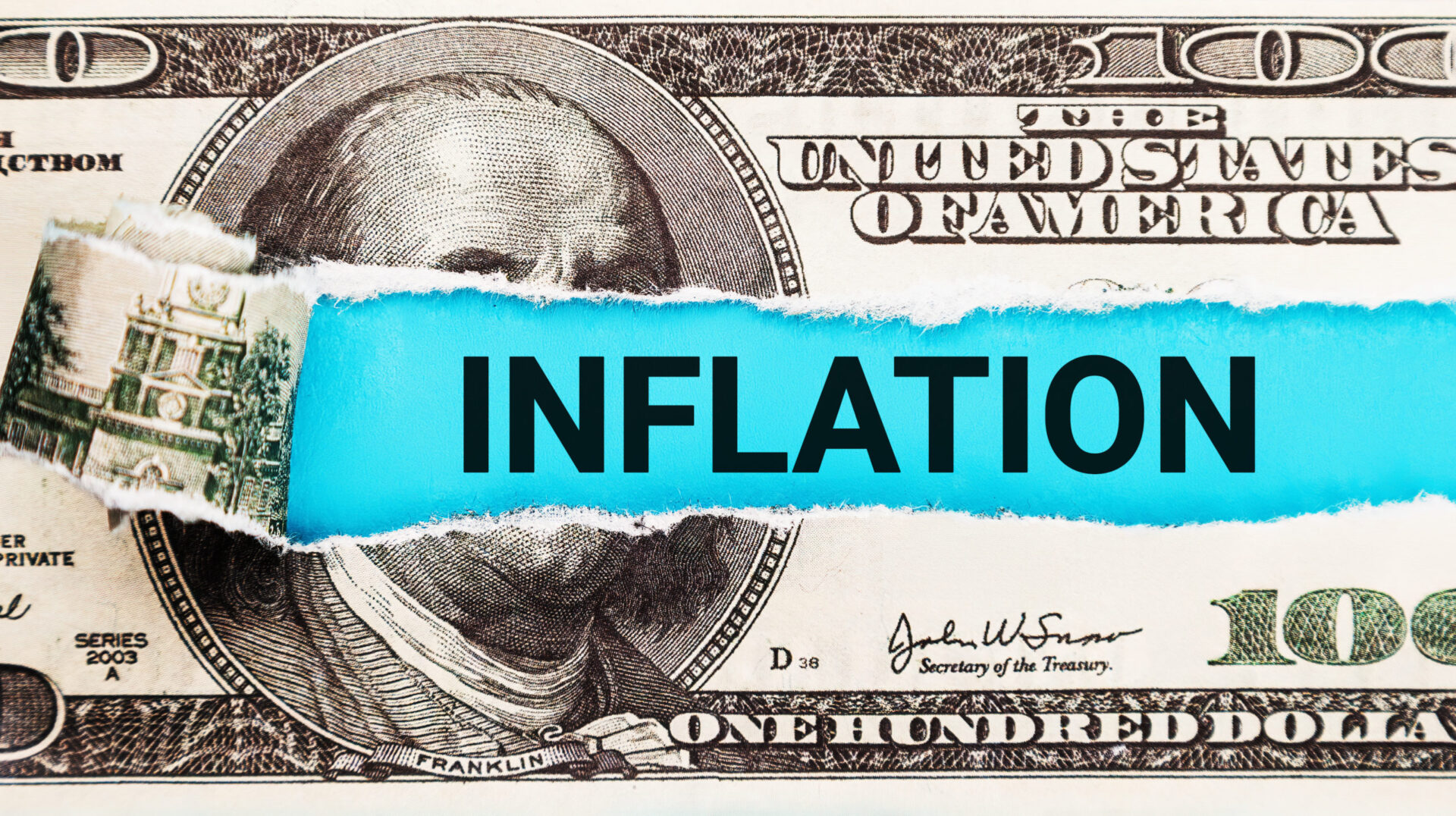Inflation continued its upward march last month but showed signs of cooling, according to new data from the Bureau of Labor Statistics.
The Consumer Price Index rose 5% YOY in March, down from 6% in February. Month-over-month, inflation was up 0.1% on a seasonally adjusted basis, compared to 0.4% in February.
The core index, which measures everything but volatile food and fuel costs, ticked up by 0.1% to 5.6% YOY. Though the increase is slight, it’s the first YOY acceleration since September.
“This is obviously a short-term setback for the Fed. However, inflation was never expected to decelerate in a straight line,” Tiffany Wilding, managing director and North American economist at PIMCO, wrote in a note. “[N]otwithstanding this report we anticipate inflation will continue to fall over the course of the year, eventually ending the year running around 3-3.5%.”
Core prices followed the larger index on a monthly basis, increasing 0.4%, compared to 0.5% in February.
The data are largely in line with expectations. Bloomberg economists had predicted a 0.4% monthly increase in the core gauge and a 0.2% gain overall.
Inflation is down significantly from its 9% peak last summer.
Movement is slow but heading in the right direction, which might give the Federal Reserve enough confidence to cool rate hikes at its next meeting.
Experts expect the Central Bank to raise rates one more time before taking a break. Less aggressive Fed policy pushes rates down, making homebuying more affordable.
“Investors shift money toward safe assets in times of crisis or panic, which means buying more government bonds and those financial instruments with government guarantees, such as mortgages,” Lawrence Yun, NAR’s chief economist, said in a statement.
“Therefore, mortgage rates will decline. The housing market always responds to lower rates, and more buyers will be able to enter the market.”
Mortgage rates slipping down to under 6% looks very likely towards the year’s end, Yun said.
Yun said the 5% consumer price inflation in March is a steady improvement from 9% last summer, 8% in autumn, 7% during Christmas, and 6% in the early months of this year. The ideal inflation of 2% is still maybe a year away, he predicts.
Yun said one important turn in the latest data was the deceleration in the rent component.
“Though still up by a whopping 8.8% from a year ago, the monthly gain was much lighter at 0.45% compared to the 0.7% to 0.9% monthly gain over the past year. It was inevitable for rent growth to soften, considering the robust apartment construction,” Yun said.
Shelter remains the greatest contributor to inflation. The Bureau named it the “dominant factor” in the core index, accounting for more than 60% of the total increase.
Follow Us On Twitter:
First-time homebuyers are feeling ready to enter the market, despite facing high prices, rates, and competition. https://t.co/rKNKKZGbCy
— The Mortgage Note (@TheMortgageNote) April 11, 2023
Read More Articles:
